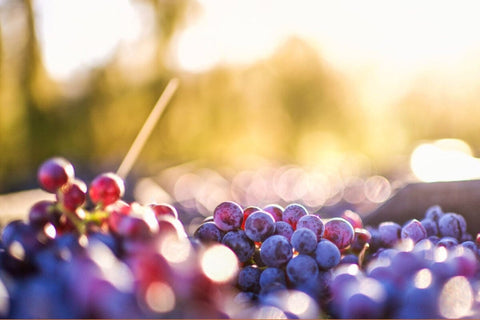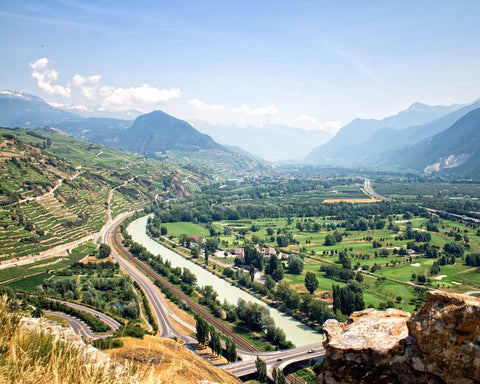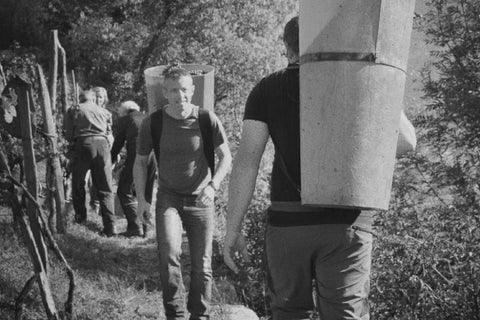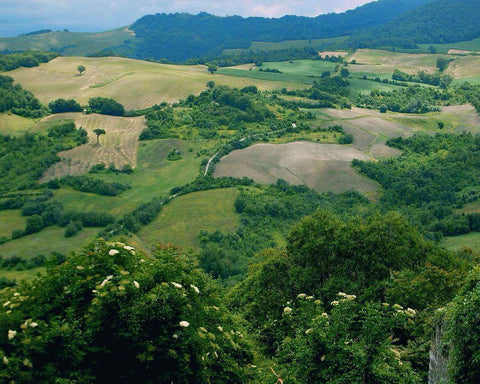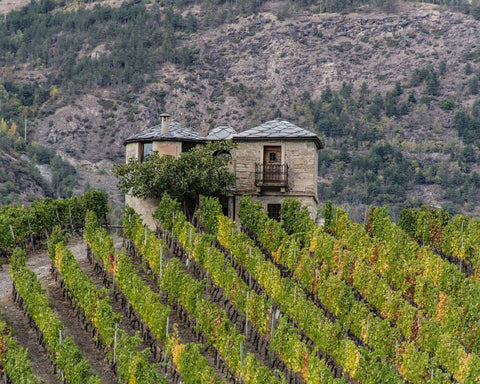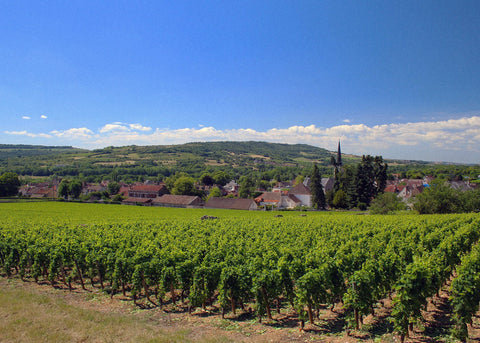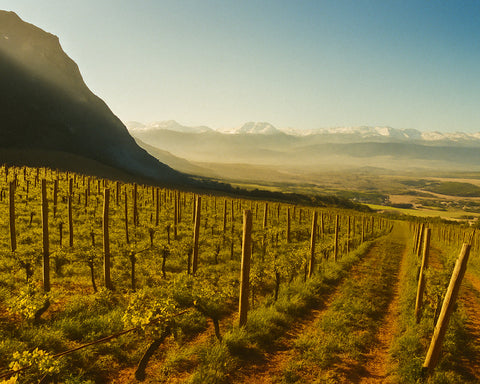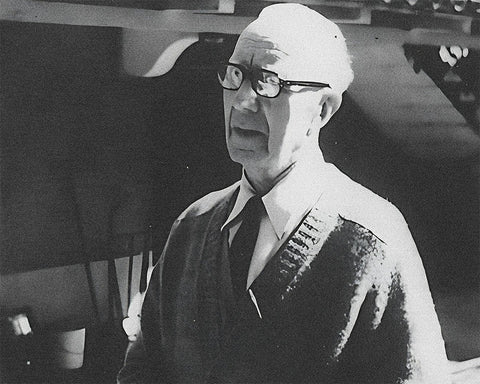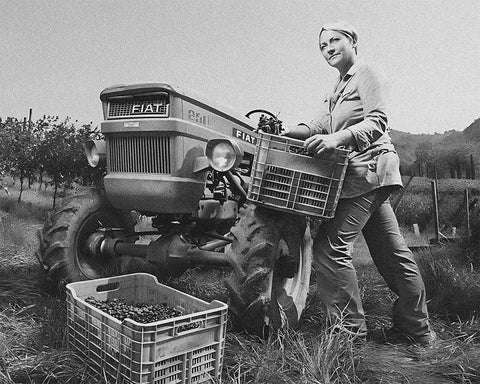Pop, Six, Squish, Uh uh, Cicero, Lipschitz! That’s the line from Chicago – a Broadway musical for those who aren’t musical theatre enthusiasts – that comes to mind when you take a sip of a wine that’s produced through carbonic maceration. Although it is created through a fairly mechanical process that some might call “sciency”, what it creates is a full musical number in your mouth.
You don’t get Broadway songs you love to belt in the shower – when you think no one is listening – without the songwriter’s music theory and that’s true of this wine. You don’t get the poppiness without the technicality of the carbonic maceration process. Wines made by carbonic maceration, yes, are made rather formulaically, but yield a jazzy, alluring, simple number; one sip and you won’t be able to stop yourself from unabashedly singing like a theater kid. It’s sprightly and peppy just like a night out at the theatre and it’ll leave you shouting, “Encore, Encore!” aka another glass please.
What is Carbonic Maceration?
Carbonic maceration is used primarily for Beaujolais and other Gamay-based wines to create a light-bodied red with soft tannins and juicy fruit notes for days. At first, hearing the words, “carbonic maceration” might connote some sort of intense science project – but the process creates a one of a kind experience in a glass. Whereas most wines are made by crushing the grapes and putting them in a steel fermentation tank, with carbonic maceration, whole/intact grapes are put into the vessel.
There is no yeast added in the initial fermentation process rather whole bunches of intact grapes are added to an enclosed vessel (oak, concrete, amphora, etc.) and that vessel is then filled with carbon dioxide. This creates an anaerobic atmosphere – an atmosphere without any oxygen – which leads to fermentation. In the words of Bill Nye the Science Guy “Science rules.” The carbon dioxide causes the grapes to intracellularly (fun science term for “from the inside out”) ferment.
Instead of the yeast, which usually eats the sugars of the wine, carbon dioxide is used to break the grapes down for fermentation. Once the alcohol reaches 2%, the berries burst to release their juices naturally and then are finished off with yeast fermentation. Isn’t that the most fun science project ever?
Fully Carbonic vs. Semi-Carbonic
Carbonic maceration offers a variation on the method called semi-carbonic method – where whole clusters of grapes are put into wooden, cement, or steel vessels without carbon dioxide. “Without carbon dioxide”, you say, “but how does it become carbonic?”, great question and don’t worry here comes the science. Berries at the bottom are crushed from the weight on from the berries top. Then the mixture undergoes a yeast fermentation creating carbon dioxide plus that fun thing we call alcohol. Whole new meaning of bottoms up! The semi-carbonic wine creates a punchier wine compared to the fully carbonic wine which tends to lean lighter on the palette, but either way, you’re left with a lively glass of wine.
The Science Boys of Carbonic Maceration
We have to pay tribute to the science boys who brought us this slightly effervescent wine. Controlled maceration carbonique was invented in the Beaujolais region of France by scientist (not Bill Nye) Michel Flanzy who used carbon dioxide as a grape preservation technique in 1934. His findings later became a groovy trend that took off in the 60s and has continued to grow in popularity. Jules Chauvet (hello, grandfather of natural wine) did studies in semi-maceration of Gamay grown on Beaujolais’s granite soils.
Carbonic maceration is now a technique that is widely used by winemakers across the globe and it’s thanks to him we have that punchiness in a glass we love so much. Remember when you would put dry ice in a cauldron for Halloween to make it look like you were making some sort of witch’s potion? Well, Stephen Hickenbotham had a similar affinity for dry ice and used it in his patented method where he sealed a plastic bag to contain the grape juice and added dry ice to create carbon dioxide. All of this to say thanks to these sciency lads we have a wine that’ll make your taste buds enjoy an exquisite tap dance.
Enjoying Carbonic, Drink Natural Wine!
This easy-drinking “glou glou” natural wine is meant to be drunk young and sometimes with a slight chill. Poppy, zippy, light, and enjoyable with bright acidity all in one delicious sip. A wine made through carbonic maceration is one that’ll make for an easy start to the night and sets the tone for a fantastic evening. As previously stated, you’ll find carbonic maceration primarily in Gamay and Beaujolais wines, but it's used by many other natural winemakers all around the wine world. In the words of the character Billy Flynn from Chicago “Razzle Dazzle ‘Em” and that’s just what this wine will do. Razzle, dazzle with a subtly that’ll leave you wanting more.
Natural wines made by carbonic maceration sound like they could be formulaic and boring, but one sip and you’re hooked like the big opening number of a musical. The most important takeaway is that carbonic maceration comes from using whole, intact grapes in an enclosed vessel and fermented through the power of carbon dioxide. Thanks to the science boys Michel Flanzy, Jules Chauvet, and Stephen Hickenbotham the method of carbonic maceration got put on the map and we’ve been enjoying the fruits of their labor since in the form of incredibly tasty natural wines. Pop open a bottle of a carbonic natural wine and let the slight fizz inspire the song you’ve been wanting to sing all day. Cheers!
Author: Cecily Breaux ©
